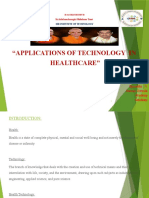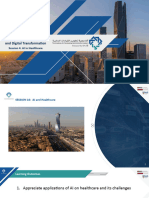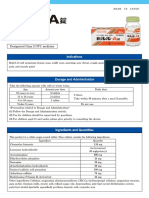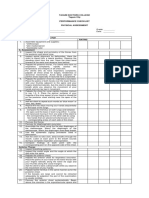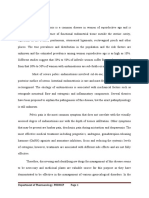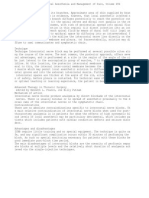0% found this document useful (0 votes)
3 views12 pagesNotes 3
The document discusses various applications of data analytics and medical information processing, including non-invasive health data collection, AI integration in digital health, and the use of AR/VR in chronic disease management. It also addresses challenges in telemedicine, mobile health, and the importance of personalized care through wearable technology. Additionally, it highlights the significance of addressing safety concerns related to mobile and medical radiation while leveraging technology for improved healthcare delivery.
Uploaded by
musebuddinmCopyright
© © All Rights Reserved
We take content rights seriously. If you suspect this is your content, claim it here.
Available Formats
Download as PDF, TXT or read online on Scribd
0% found this document useful (0 votes)
3 views12 pagesNotes 3
The document discusses various applications of data analytics and medical information processing, including non-invasive health data collection, AI integration in digital health, and the use of AR/VR in chronic disease management. It also addresses challenges in telemedicine, mobile health, and the importance of personalized care through wearable technology. Additionally, it highlights the significance of addressing safety concerns related to mobile and medical radiation while leveraging technology for improved healthcare delivery.
Uploaded by
musebuddinmCopyright
© © All Rights Reserved
We take content rights seriously. If you suspect this is your content, claim it here.
Available Formats
Download as PDF, TXT or read online on Scribd
/ 12
























